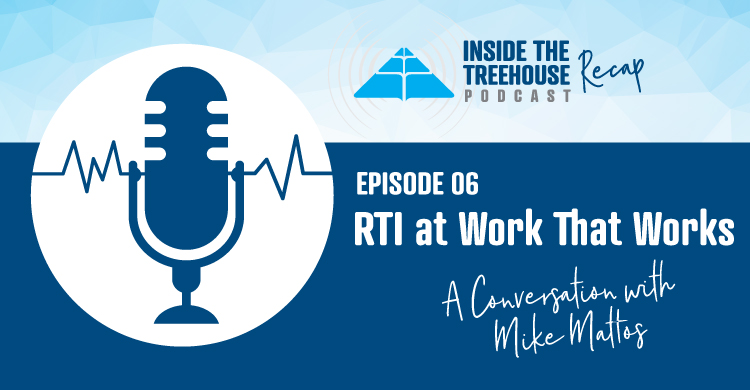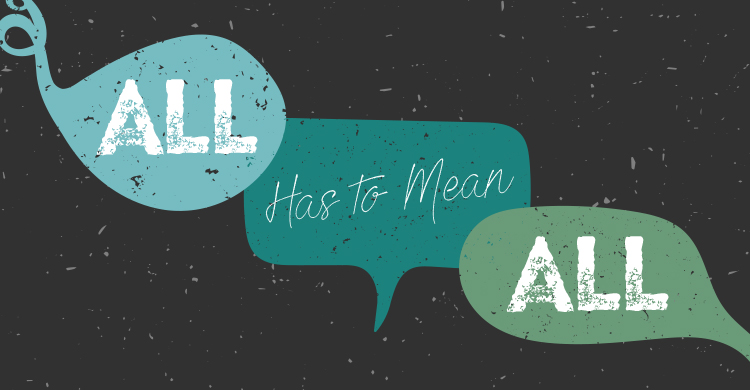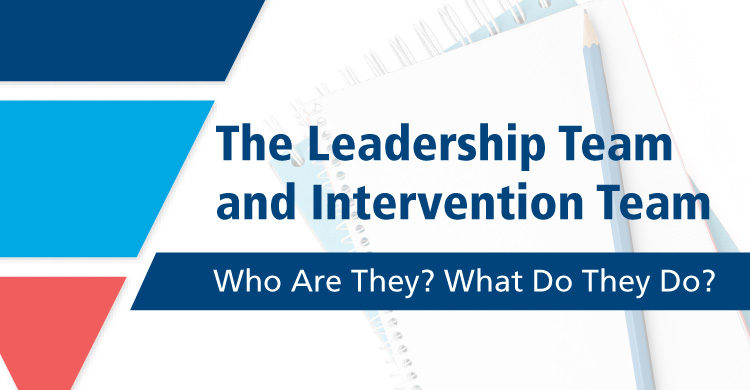The first time I was asked the question conveyed in the title – it was by a campus principal that I have great respect for, and it stopped me in my tracks. I quickly realized that the question was asked because as a professional learning community with collective responsibility for all students we now have systematic practices beginning at Tier 1 that were previously reserved for only a few students. I recognized that we had many reasons to celebrate – but we also had more work to do. The question prompted a great collaborative team meeting which resulted in improved data monitoring for students needing intensive intervention. My experience answering this question is becoming the norm across the nation. With the increased focus on creating multi-tiered systems of support for at-risk students, schools are beginning to re-examine and re-imagine the role of special education.
To begin answering the questions “What is so special about special-ed?” and “Where does special ed. fit into the RTI process?” we must first reflect on the beliefs and culture of our schools regarding students who need intense academic and behavioral support – some of which are students with disabilities.
- Do we believe that all students are capable of high levels of learning?
- Are we committed to this goal, and are we willing to take collective responsibility for achieving it?
- Are we holding students with disabilities to the same expectations as other students? Are we offering the prescriptive support necessary for them to reach this goal?
- Are all students offered access to high quality researched- based Tier 1 instruction?
- Do we have a system for teaching positive social and academic behaviors?
Once we can honestly answer “yes” to these questions, our next consideration needs to be how we are using our collaborative teacher teams, school-wide intervention team, and school leadership team to monitor the progress of every student—especially the children receiving intensive supports at Tier 3. Equally important, is ensuring that the teachers and interventionists who provide services at Tier 3 have the same opportunity for meaningful collaboration and planning regarding the individual goals of students as they do regarding the general curriculum. It is critical that these discussions are centered on The Four Questions Essential for Learning (Dufour, Dufour, Eaker, Many 2010).
- What do we expect all students to learn? Have we defined our essential standards?
- How will we know if they learn it? Do we have a system for regularly (at least every 3-4 weeks) monitoring the progress on all students including the individual goals for students at Tier 3? Do our teachers use both formative and summative data to adjust / differentiate instruction?
- What will we do if they don’t learn it? Do we have teams that meet, review data, problem solve and adjust instruction and interventions based on data on a regular basis? Are interventions designed to address the skills needed to master Essential Standards? Do we have a method for students to exit interventions as soon as goals are mastered rather than being locked into an intervention for a pre-determined period of time?
- What will we do if they already know it? Do we use pre-assessments to determine skill gaps as well as identify students who need extension on the particular standard being taught? Do we presume that only identified advanced learners need extension, or do we understand that by using pre-assessment, we will identify any student who may be advanced in a particular skill or standard?
The Four Questions Essential for Learning, when answered deeply and regularly, will lead to higher levels of learning for every student:
We find that many schools have regular education teachers implement PLC practices for general education students, but those same practices are not being implemented as deeply and systematically in support of students with individual student plans / IEP’s.
So, what is so special about special education?” The answer is found when a school staff embraces the belief that every student is special, unique, and deserves the type of education that will provide them endless possibilities for a successful life. Achieving this goal will require educators to work together with commitment and determination to reach the goal of high levels of learning for every student. It must be a team effort, viewing ALL kids as our kids and taking collective responsibility for each and every student’s success. Our responsibility does not end with the students who sit in our respective classrooms, our responsibility is to every child who enters our doors – regardless of the challenge they may face.
This is the promise, the opportunity and the outcome when schools fully implement the RTI at Works process.
Go to allthingsplc.info – Evidence of Effectiveness for examples of schools that you can learn with.
Resources:
DuFour, R., DuFour, R., Eaker, R., & Many, T. (2010). Learning by Doing: A handbook for professional learning communities at work. Bloomington, IN: Solution Tree Press.
Fuchs, L., and Jenkins, J., MTSS, RTI, Special Education… OH MY! Gaining an understanding of MTSS and RTI -National Center on Intense Intervention, Accessed at http://www.intensiveintervention.org/ on October 21, 2015
Vaughan, S., Danielson L., Zumeta, R., Holdheide, L., Jobs for the Future, Deeper Learning for Students with Disabilities, (August 2015) Accessed at: http://www.jff.org/ on October 21, 2015
[author_bio id=”315″]






